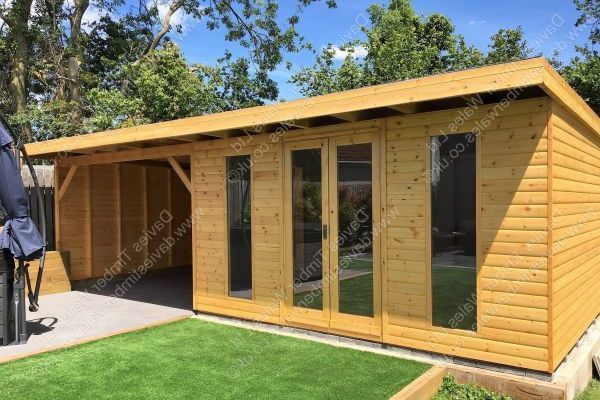6 x 24 Barn Shed Construction Schematics : Right Steps For Building up a Perfect Shed

If you had already made decision to have it be built right on ground then you could skip this step, otherwise continue reading. Floor trusses consist of a bottom and top chord and smaller members, set in triangular patterns between chords to offer support. It is best to find out what they are before building so you are not forced to move or worse, tear down your new shed. Your diagram doesn't have to be beautiful to be functional. (https://shedconstructionplans.com/10x16-saltbox-shed-plans-blueprints) Take the posts down and segment the notches. Use a spirit level to create sure surface is horizontal. Kits also come in many different sizes so pick the one that is right for your shed size.
There is a free version and one you pay for. Select straight 2x6s and be sure to crown all boards so any slight bow would rise to the top edge. This positively joins both the subfloor and hardwood flooring together, making a strong and sturdy base that would be maintenance free for years to come. Pry the corner bead off each corner at end of existing wall, to avoid having a slight bump out where new wall joins existing wall. If your storage outbuilding is going to be larger, then you will want to put in a middle support beam that goes opposite direction of the way your joists are hanging.
It's basically a large, perfectly-sized work table that acts as a sizing guide as you assembly components that would ultimately be fastened to it. An 8'x12' outbuilding would use 6 blocks, more if you use (read) towers for leveling. Once siding has been installed slice the front and back siding along rafters. Originally, skids were nothing more than logs placed on ground. About 3 years ago, my significant other, wanted a garden shed, to relieve space in our garage. Learn more in-depth instructions for how to install flooring here. If you want to create a large outbuilding that can store more than 4 cord of wood, you should check out this project.
Processing video...
Cut your siding to desired length or height. This creates a larger base, adding stability. Take your time to craft sure everything is done properly, is level, and ensure air bubbles won't be an issue. In this design, rafters attach to a nonstructural ridge board that rests directly on an interior wall. Work with attention and don't forget to take a look over the rest of the related schematics before starting actual assembly, in order to get the job done in a professional manner. Screw through window frames into the spacers to hold windows together. Lay your remaining 2 by 4s across one of your rows of blocks.
The purpose of the foundation is to provide a stable and level starting place to support rest of the structure. Cut the interior eaves to size, following the angles of the front and back cross members. A galvanized or plastic coated cable or strap long enough to go over the shed from one anchor to another. In this case, you have nothing more than a few carefully placed girders that are laid on top of the outer walls. Plastic sheds are often very light and need to be completely secured to ground. It doesn't give absolute security but makes it more difficult for our curious little guy to tinker with the main valve.
If you want your shed to last longer, opt for treated, durable materials close to ground. Start by cutting and nailing together triple support studs and then toe-nailing them directly over longer triple studs below. You'll need at least two 80-pound bags for each hole. The solution is to cover the wall with sheathing. It's also simpler to accommodate a home addition with rafter roofing. Once you have your cuts made, nail the frame together with the 3 inch 16d framing nails. Hoist the top of the wall onto sawhorses and reposition work crew for the final lift. Nail framed wall to the subfloor and the ceiling joists.
It is solid enough to act as a frame for stone, either dry or motor. This will help protect wood and craft leveling easier. To do this we took and set the blocks in the shape and size that building was going to be, we then tied a string around outer blocks to construct a rectangle all the way around it. The most common option, a structural ridge, is a relatively heavy beam that runs along the roof's ridge and is supported at its ends by load-bearing posts.